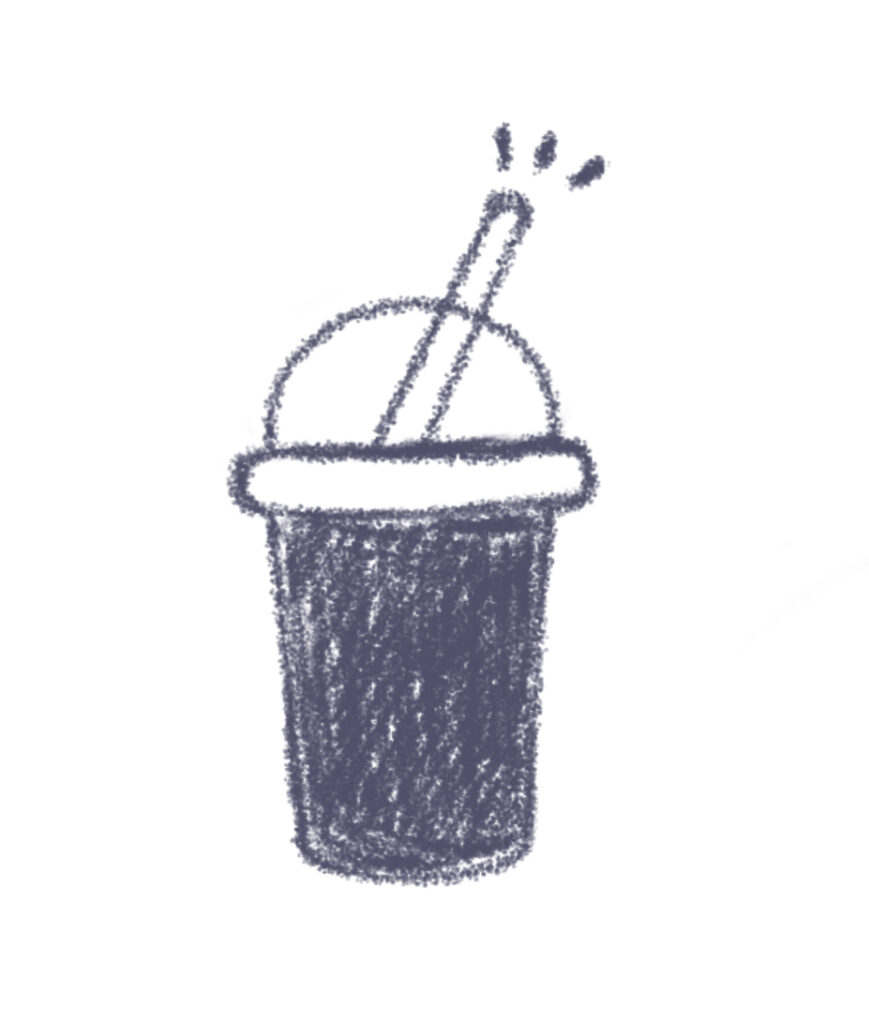
EDCI337 Interactive and Multimedia Learning
Minyuan Ye
Xitong Cai
Siheng Chen
Yuhan Zhang
Welcome to group E’s learning course, this lesson is about how to make bubble tea. I hope everyone can find something fun in our work!!!
Overview
In this engaging lesson, we explore the world of milk tea, delving into its fascinating origins and immersing ourselves in the intricate art of crafting this beloved beverage. Milk tea, a global sensation, has captured the hearts and palates of people around the globe, often assuming the charming alias of “bubble tea” when adorned with delightful pearls. As we traverse through this lesson, we will not only uncover the historical roots of milk tea but also unveil the secrets behind its preparation, offering you an enriching journey that celebrates the diverse flavors and cultural significance of this cherished drink. So, join us as we unravel the captivating story of milk tea, a journey that promises to leave you with a newfound appreciation for this iconic beverage.
Learning objectives
- What is milk tea?
- Where is it from?
- How can we make them at home?
| Big Idea | Learning Outcome(s) | Evidence of Learning | Assessments | Learning Activities |
| Understanding the cultural significance and culinary techniques behind preparing traditional milk tea. | Learners will be familiar with the origin and the process of making milk tea. | Learners will make their milk tea and prepare their ingredients. | Learners will make their milk tea and prepare their ingredients. | Read/Watch interesting videos, infographics, and short articles on the subject matter through interactive games and videos to familiarize the learners with the intended learning objectives. |
Read/Watch
Watch:https://www.youtube.com/watch?v=xebewT6lh2k How to make bubble tea at home?
Read: https://theforkedspoon.com/bubble-tea/ Bubble tea recipe
https://xitongcai1.h5p.com/content/1292128372474745758/embed
Let’s practice
Answer some questions while rewatching the video
Content-Let’s play with H5P
The process of making food requires very strict proportions of ingredient recipes, and making milk tea is no exception.
- How many ingredients are required for the recipe?
- How many steps are required for making bubble tea?
- Which ingredient is required to be pre-processed?
Click on the link and try to find all the correct answer questions, and then you can try to make a delicious milk tea for your friends and parents! Give it a shot! GLHF!(Notice: Please download the HTML file to play!)
https://github.com/Minkye777/Minkye777
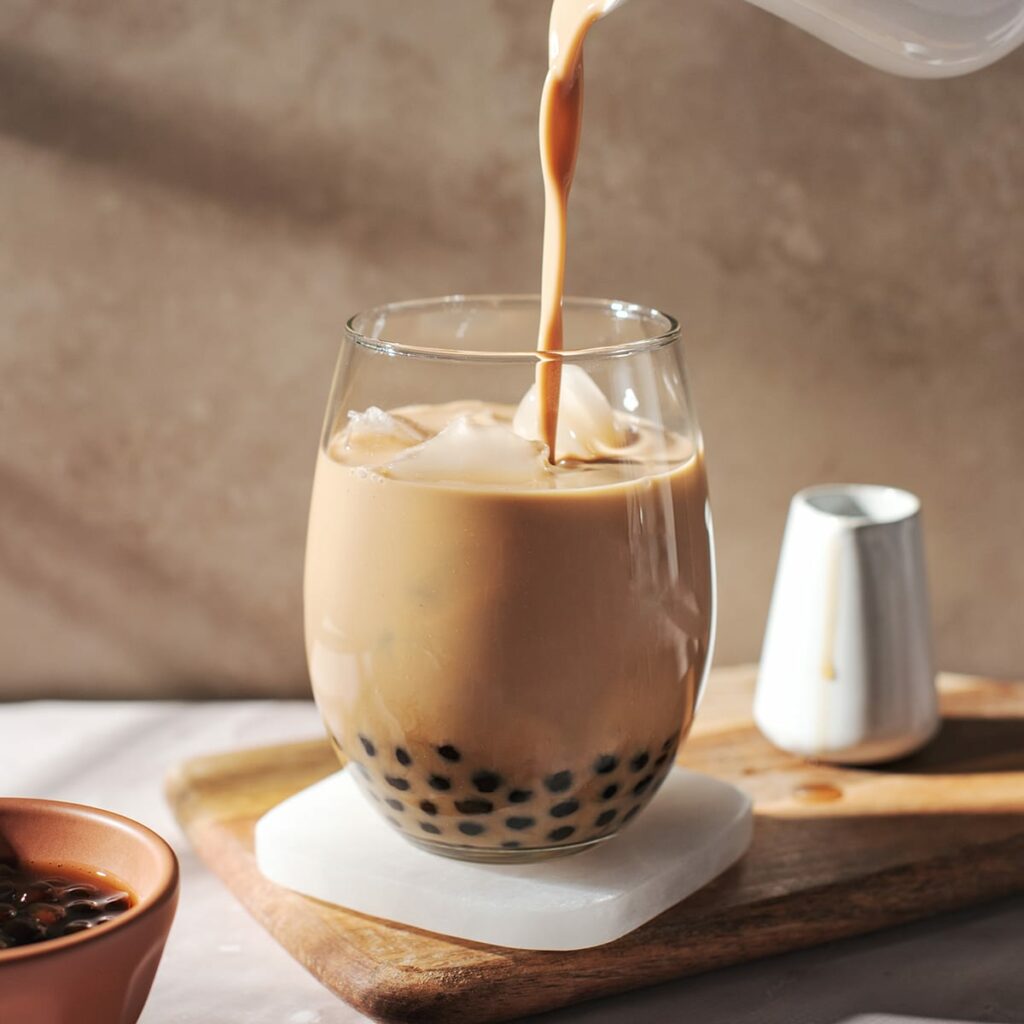
Self-reflection
- Why do you think you like/dislike milk tea?
- How would you make your very own, customized milk tea?
- What combination of flavors for milk tea could become popular?
To do
- Complete read/watch.
- Try all the the interactive activities: H5P, Twine
- Make your own milk tea and innovate if you wish. Make sure to provide visual evidence.
- After you make and taste your milk tea, write a summary on the flavor, the texture, and perhaps some ideas of innovation on different flavors.
Over the past three months of our journey in EDCI337, we have embarked on a transformative educational experience delving deep into the realm of Multimedia and Interactive Learning. This course has not only equipped us with a comprehensive understanding of the subject matter but has also provided us with invaluable insights into the foundational techniques and principles underpinned by robust research and empirical evidence. As we embark on the culmination of our course, this end-of-course project serves as a testament to our growth, knowledge, and appreciation of the dynamic field of Interactive and Multimedia Learning. In this endeavor, we aim to showcase our newfound expertise and contribute to the ongoing discourse in this ever-evolving domain. Through our exploration, we hope to illuminate the potential of multimedia and interactivity as powerful tools in the realm of education, engaging learners and enhancing the overall learning experience. Join us on this reflective journey as we unveil the multifaceted facets of interactive and multimedia learning, exploring its applications, challenges, and promising horizons.
In this final project, each group member has uniformly contributed in various ways. Yuhan had carefully designed the infographic with Canva based on Mayer’s Theory of Multimedia Learning in which she made sure that the infographic conveys only one idea as we have learned from Cognitive Load Theory, kept the visual elements simple and clear to attain minimization of extraneous load and coherence principle is also achieved. Minyuan used the Twine to demonstrate our lesson and furthermore use storytelling through a simple branched story. The Twine story is very comprehensive and tailored to meet our specific needs for the learners to consolidate their knowledge of the subject matter. Xitong decided to make an interactive video with H5P to enhance furthermore on the subject of interactive learning experience, the video was integrated with simple questions throughout the step-by-step process of making the milk tea. This effort was made to ensure the interest of our learners and also encourage participation. Siheng was responsible for the literal writing of the content including our project overview, reflections, learning objectives, and the finalization of the lesson plan.
In this lesson, we have also designed the lesson following Constructive Alignment and Backwards Design where we made sure of our big picture and intended learning outcome before everything else. Since we would like the learners to know about the origin of the milk tea and how to make it, our interactive activities are tailored in such a way that it would assist the learners in finding the right ingredients and using appropriate amounts of the ingredients. Our lesson is also a combination of both active and passive learning, the read/watch section serves as the part where our learners are just receiving information, but the remainder of our lesson contains a fair amount of engaging activities to inspire active learning.
References
Asian Boss (2019, June, 23)Meet the Inventor of Boba in Taiwan
Peaceful Cuisine (2015, August, 27) How to make bubble tea?
Jessica Randhawa (2022, May, 9)Bubble tea recipe- The Forked Spoon
https://theforkedspoon.com/bubble-tea/
Mayer, R. E. (Ed.). (2014). The Cambridge Handbook of Multimedia Learning (2nd ed.). Cambridge University Press. https://doi.org/10.1017/CBO9781139547369
Johnson, D. (2021, February 19). Design and Layout with Canva [Mp4]. https://www.youtube.com/watch?v=g3pdyid7BjU
Mathers, B. (2017). Wikipedia – Active vs Passive learning. https://bryanmmathers.com/wikipedia-active-vs-passive-learning/ CC-BY-ND
MarryAnne Nestor(2013, November, 24) Alignment and Backwards Designhttps://youtu.be/ZTv2HR2ckto?si=P4l3LAYPdEiMrxk6
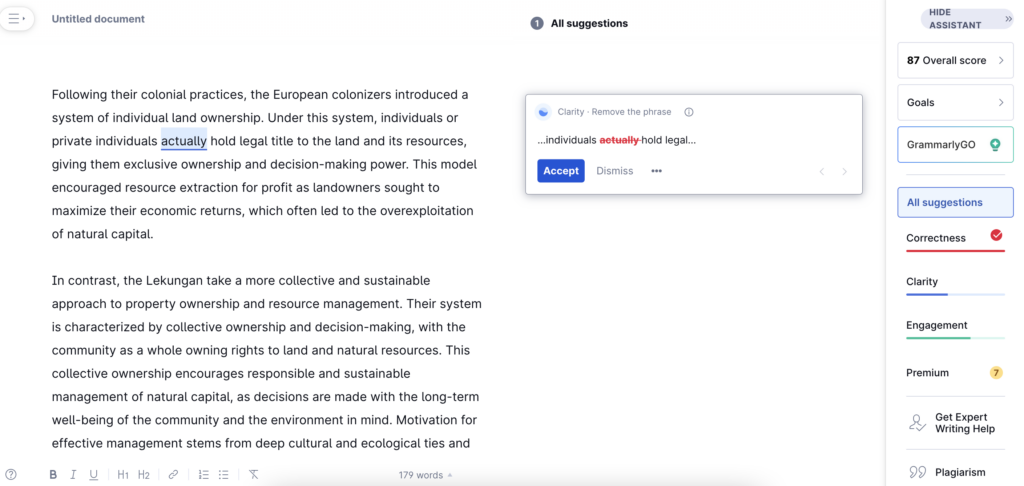
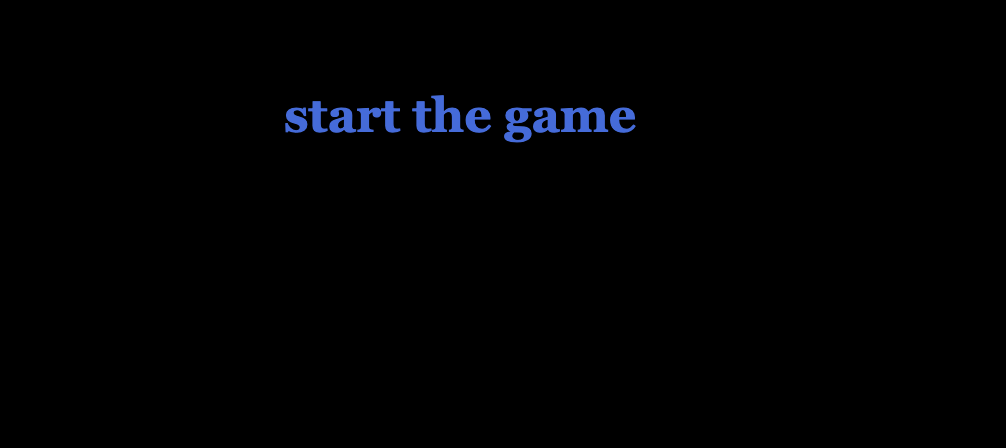
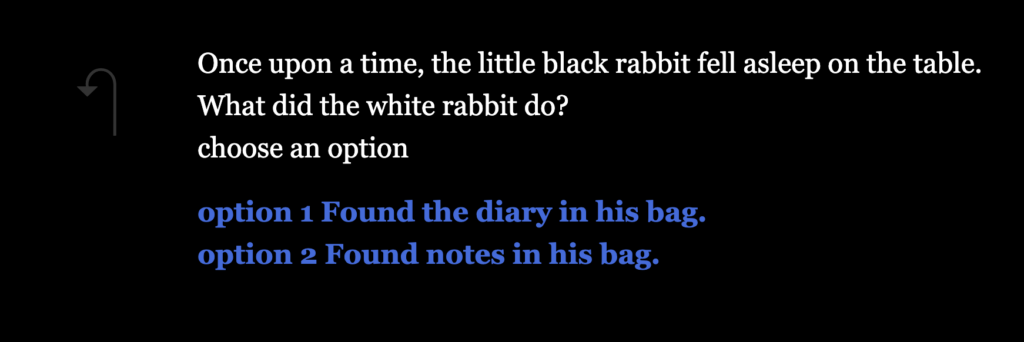


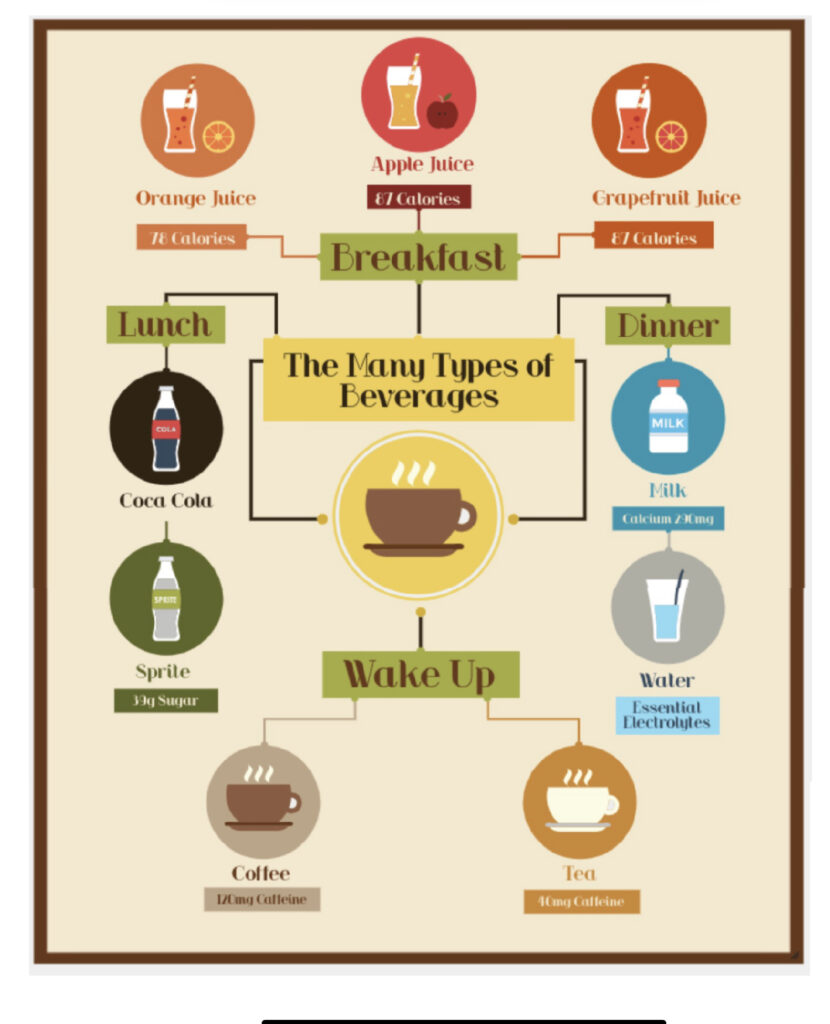
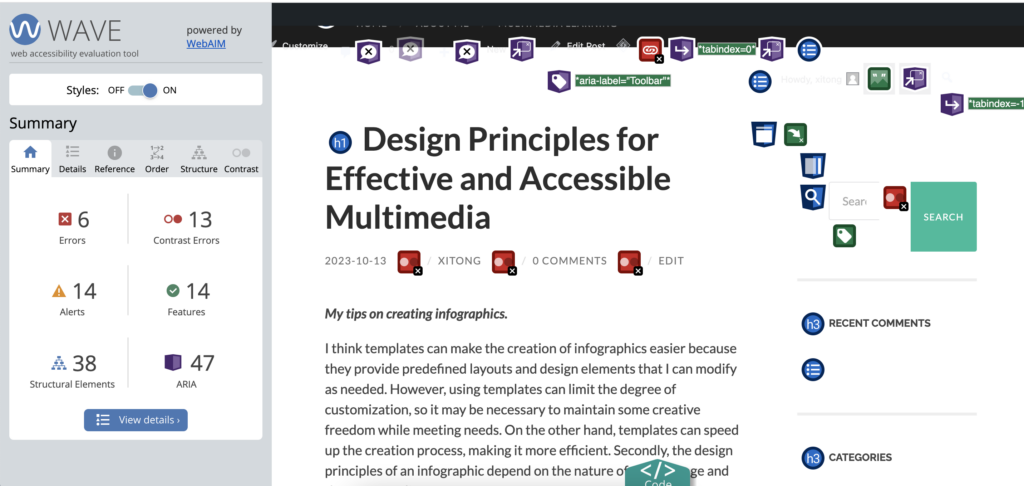
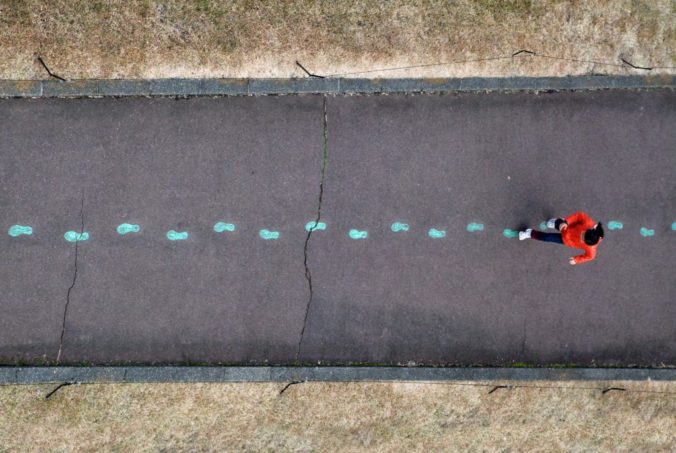
Recent Comments